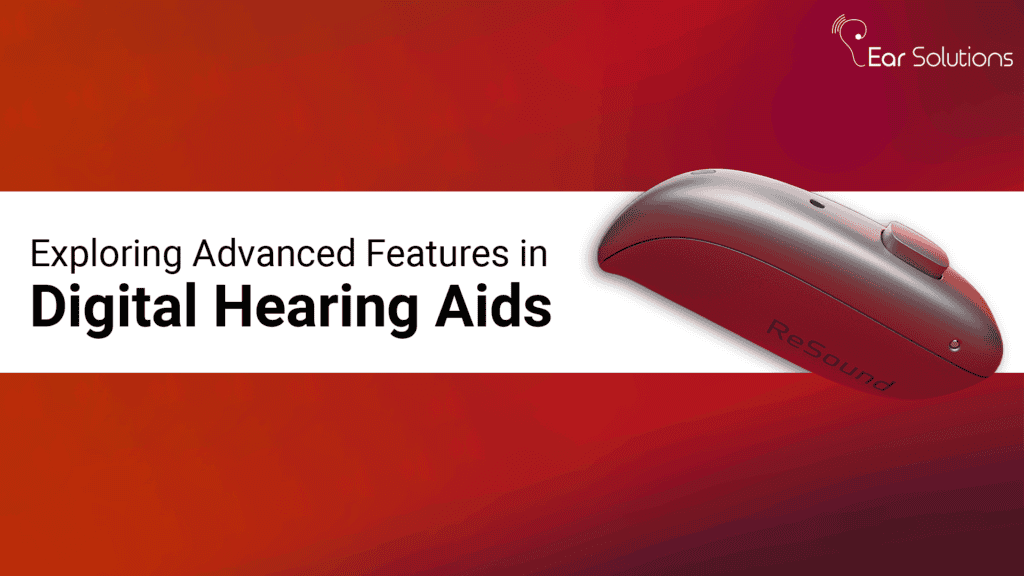In today’s fast-paced world, advancements in hearing aid technology have revolutionized the way individuals with hearing loss perceive and interact with their environment. Gone are the days of simple amplification; modern hearing aids are equipped with advanced features that offer a superior and personalized hearing experience. In this comprehensive guide, we delve into the innovative features that are transforming the landscape of hearing aid technology and leading to better hearing experiences for users.
Bluetooth Connectivity:
One of the most significant advancements in modern hearing aids is Bluetooth connectivity. This feature allows users to wirelessly stream audio from their smartphones, TVs, and other devices directly to their hearing aids. Whether it’s listening to music, watching movies, or making phone calls, Bluetooth connectivity provides users with unparalleled convenience and accessibility. With just a few taps on their smartphone, users can adjust volume levels, switch between audio sources, and customize their listening experience to suit their preferences.
Wind Block Technology:
Outdoor enthusiasts and active individuals rejoice – wind block technology has arrived to tackle one of the most common challenges faced by hearing aid users. This innovative feature works by detecting and reducing wind noise, allowing users to enjoy clear and uninterrupted sound even in blustery conditions. Whether it’s a brisk walk in the park or a day on the golf course, wind block technology ensures that users can stay connected to their surroundings without being hindered by environmental noise.
Motion Sensors:
For users on the go, motion sensors in hearing aids are a game-changer. These sensors detect the wearer’s movements and automatically adjust the hearing aid settings to optimize performance in different environments. Whether walking, running, or driving, users can rest assured that their hearing aids will adapt seamlessly to their activities, providing consistent and reliable sound quality wherever they go.
Artificial Intelligence (AI):
Artificial intelligence is revolutionising the way hearing aids are personalised and optimised for individual users. With AI-powered algorithms, hearing aids can analyze and learn from the wearer’s listening preferences and environments, automatically adjusting settings in real time to deliver the best possible hearing experience. From speech enhancement to noise reduction, AI-powered hearing aids ensure that users can hear clearly and comfortably in any situation.
Tinnitus Balance:
Tinnitus, or ringing in the ears, can be a debilitating condition that affects millions of people worldwide. Fortunately, many modern hearing aids are equipped with tinnitus balance features designed to provide relief to sufferers. These features work by generating soothing sounds, such as white noise or ocean waves, to mask the ringing and distract the wearer from the sensation of tinnitus. Additionally, customizable sound therapy programs allow users to tailor their treatment to their specific needs, providing personalized relief and improving overall quality of life.
Conclusion:
In conclusion, the advanced features found in modern hearing aids are transforming the way individuals with hearing loss perceive and engage with the world around them. From Bluetooth connectivity to artificial intelligence, these innovative technologies are leading to better hearing experiences and improved quality of life for users. As technology continues to evolve, the future of hearing aid technology looks brighter than ever, promising even greater advancements in the years to come.





